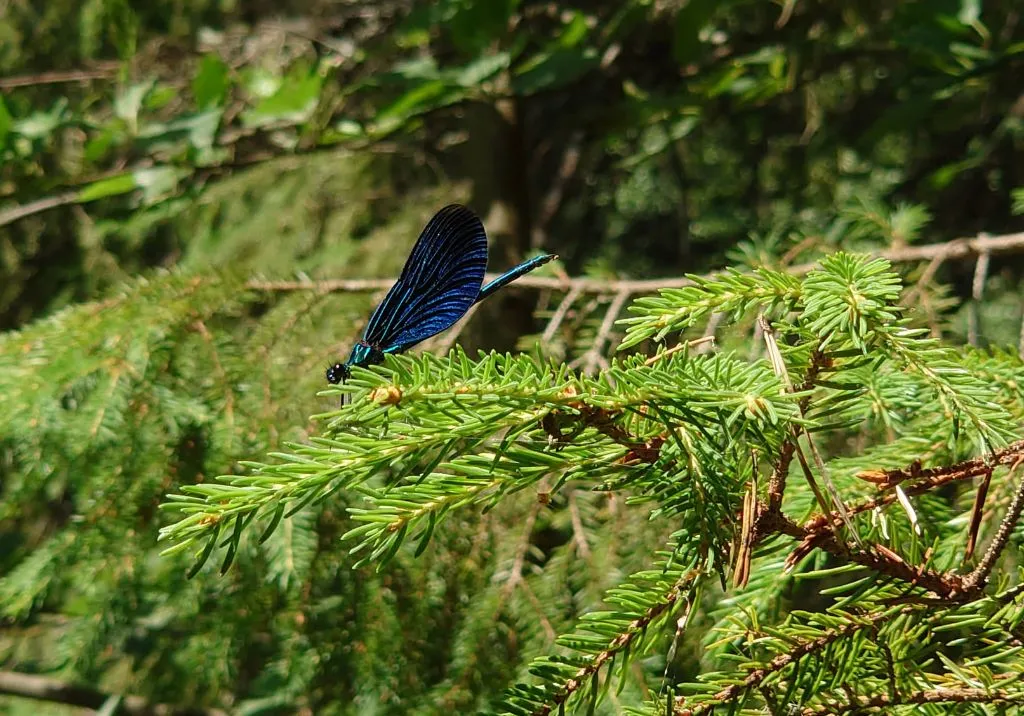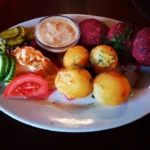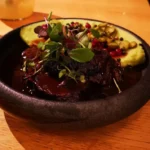Spruce trees, which belong to the Picea genus, are evergreen conifers that grace many forests and landscapes around the world. While their towering presence and conical shapes are well recognized, it’s the young spruce shoots that often go unnoticed but offer a plethora of benefits. This guide dives into the world of these vibrant green tips, revealing their nutritional and medicinal properties, and providing tips on where and when to harvest them for the best results.
Nutritional and Medicinal Benefits
- Rich in Vitamins and Antioxidants: Young spruce shoots are packed with vitamins A and C, essential for maintaining healthy vision, skin, and immune function. The high levels of antioxidants help combat oxidative stress, reducing the risk of chronic diseases.
- Anti-inflammatory Properties: Spruce shoots possess natural anti-inflammatory compounds that can help alleviate symptoms of arthritis and other inflammatory conditions.
- Digestive Health: The fiber content in young spruce shoots aids in digestion and promotes gut health. They are also known to have mild diuretic properties, which can help in detoxifying the body.
- Respiratory Benefits: Traditionally, spruce shoots have been used to treat respiratory ailments such as coughs and colds. Their expectorant properties help in clearing mucus from the airways.
- Flavorful and Versatile in Culinary Uses: Beyond their health benefits, spruce shoots bring a unique citrusy and slightly resinous flavor to dishes. They can be used in salads, soups, teas, and even as a garnish.
When and Where to Harvest Spruce Shoots
Timing and location are crucial when it comes to harvesting young spruce shoots. Here’s a guide to help you find and harvest these delightful greens:
- Best Time to Harvest: The optimal time to harvest spruce shoots is in the spring when they are fresh and tender. Typically, this period ranges from late April to early June, depending on your geographical location and the specific species of spruce. The shoots are usually about an inch long and have a vibrant, bright green color.
- Where to Harvest: Spruce trees are common in boreal forests, temperate rainforests, and mountainous regions across North America, Europe, and Asia. Look for young, healthy trees that are free from pollutants and pesticides. Public forests and national parks can be good places to find spruce trees, but always check local regulations to ensure foraging is allowed.
- Harvesting Tips:
- Use clean, sharp scissors or pruning shears to snip the shoots carefully. This helps prevent damage to the tree and encourages regrowth.
- Harvest from multiple trees rather than taking all the shoots from one tree to promote sustainability and the health of the forest.
- Avoid shoots that are too mature or have started to harden, as they will be less tender and flavorful.
Culinary Ideas and Recipes
- Spruce Shoot Salad: Toss fresh spruce shoots with mixed greens, cherry tomatoes, nuts, and a light vinaigrette for a refreshing and nutritious salad.
- Spruce Shoot Tea: Steep a handful of young shoots in hot water for 10-15 minutes. Strain and enjoy a soothing, vitamin-rich tea that can help alleviate cold symptoms.
- Spruce Shoot Syrup: Create a simple syrup by boiling equal parts sugar and water with a generous amount of spruce shoots. Use it to sweeten cocktails, desserts, or even pancakes.
- Spruce Shoot Infused Vinegar: Place spruce shoots in a jar and cover with white vinegar. Let it sit for a few weeks, then strain. The resulting vinegar can be used in salad dressings or marinades.
- Spruce Shoot Pesto: Blend spruce shoots with garlic, nuts, olive oil, and Parmesan cheese for a unique twist on traditional pesto. This can be used as a spread, pasta sauce, or marinade.
Young spruce shoots are a treasure trove of nutrition and flavor, waiting to be discovered. Whether you’re looking to boost your health with their medicinal properties or enhance your culinary creations with their unique taste, these green gems have a lot to offer. Remember to harvest responsibly and sustainably, ensuring that spruce trees continue to thrive and provide for future generations.
Happy foraging!
Feel free to adjust or expand upon this post as needed. If you have any other topics or ideas in mind, I’m here to help!



